Are you interested in how Christmas is celebrated in Poland?
Poland is known to be among the countries where Christianity is widespread.
Even so, some traditions are waning, but some have survived to the present day and are similar to ours.
When does Christmas start in Poland? Christmas Day, December 24, evening
In Poland, Advent marks the start of the Christmas season. During this time, people aim to be peaceful and reflect on the true meaning of Christmas. They avoid overindulgence in anything. Some people give up their favorite foods or drinks, and parties and discos are not joint.
Many people attend Church more frequently during this period. Additionally, there is a tradition of the ‘roraty,’ which is a special mass or communion service held at dawn and dedicated to Mary, who received the good news from the angel Gabriel.
Although December 24 is a typical working day in Poland, the real Christmas begins in the evening with the rising of the first star. After a day’s fasting, people sit down to a twelve-course Christmas Eve dinner, and children unwrap presents under the tree, which have been brought to them by one of six different delivery men. We will introduce you to them later.
Christmas in Poland ends on January 6 with the arrival of the Three Kings. The trees are decorated, and the decorations are put away for next year.
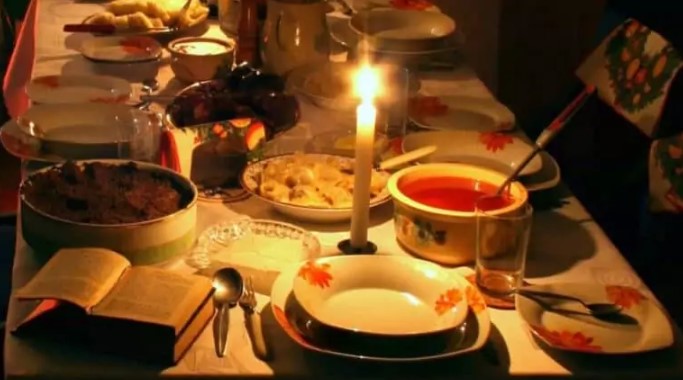
Decorating a Christmas tree in Poland
In some families, the tree is decorated several days before Christmas. This is mainly because people want to prolong the Christmas atmosphere. Compared to earlier times, the tree is decorated with classic ornaments, although you can still find apples, nuts, and gingerbread on the tree.
What Christmas Eve looks like in Poland
Christmas Eve is known as Wigilia (pronounced vee-GHEE-lee-uh). Traditionally, the house is also cleaned, and everyone wears their best festive clothes. The main Christmas meal is eaten in the evening and is called “Kolacja wigilijna” (Christmas Eve supper).
Traditionally, no food is eaten (or sometimes the first present opened) until the first star is seen in the sky! So children look at the night sky to spot the first star! Looking for the first star is also a reminder of the Wisemen who followed a star to visit Jesus.
Housewives spend a lot of time decorating the Christmas table. Traditionally, one extra place is laid out for a random guest. According to one superstition, there should be an even number of people for dinner. If the table sits in an odd position, someone in the family will die within a year.
Some traditions are still observed at the Christmas Eve table in Poland. These mainly include breaking a wafer or reading from the Bible.
Wafer breaking
The Christmas Eve feast begins with the breaking of the consecrated wafer. This custom is still observed and carries significant weight. This moment is one of the most important. People wish for the best and also ask for forgiveness for everything they have done wrong in the past year. After that, he sits at the table and begins eating dinner.
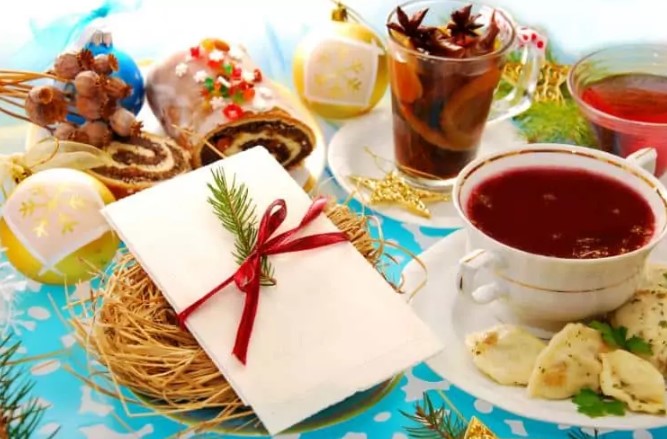
Traditional foods eaten at Christmas in Poland
There are 12 dishes on the table—they are meant to give you good luck for the next 12 months. The meal is traditionally meat-free to remember the animals that took care of the baby Jesus in the manger.
Everyone has to eat or at least try some of each dish. For Catholics, the 12 dishes symbolize Jesus’s 12 disciples. Like in many Catholic countries, Christmas Eve is often a ‘fasting day,’ meaning that some people don’t eat anything until after sunset (when Church Day officially ends). Some people in central Poland say that at midnight, the animals can talk (but that’s not likely)!
You will first encounter bread smeared with garlic and sprinkled with salt. Another popular dish is soups. It is often borscht, but mushroom or fish soups are popular. Cabbage must also be on the Christmas Eve table as a side dish for potatoes, peas, or pies. Some even serve a stuffed cabbage leaf.
The main course is fish. Different species are eaten in various ways, here it is more about family preferences and habits. Traditional dishes also included millet porridge with fruit, which is now rarely found.
Kutia – another traditional dish. It is a sweet porridge made from cereals, nuts, honey and poppy seeds. Its composition may change according to the customs of individual families. Kutia is similar to our Czech Kuba, which was commonly prepared at Christmas in our country in earlier times.
At the end of the dinner, various desserts and salads are consumed, which count towards the twelve courses. Some smaller families drop the twelve-course tradition because who could eat that much?
Polish carols
Polish carols are an example of how Christian themes became popular. Many of them celebrate the Virgin Mary. The most popular carol is Bóg się rodzi. You can listen to it here:
Carols are still sung in households with children, but they are more often played from audio recordings to create a better Christmas atmosphere. However, Polish churches are where you will certainly meet them in splendid form.
When are carols still sung? Well, when the children are at school! They go from house to house, sing hymns, receive a small reward, and wish the householders all the best. This custom is still followed in many places.
Discover similar tips
Who brings presents for Christmas in Poland?
Classic gifts began to appear under the trees in Poland in the 19th century, but only in the homes of the upper classes. It wasn’t until the 20th century that they also came to villages, where they were not classic material gifts like today but small things—apples, nuts, sweets, and gingerbread. Only later did practical gifts such as things for school, clothes, or shoes begin to appear.
Today, gifts are unwrapped on December 24. Children are given trinkets on New Year’s; this gift-giving custom still persists in some countries. And now, the most important thing. If we don’t want to tell the kids that we’re the ones who gave the gifts so we don’t spoil the magic of Christmas, who can we blame? In Poland, parents can choose from six different characters.
Saint Nicholas
Saint Nicholas is known to have been generous to the needy. In Poland, they have been carrying gifts since the 15th century. He probably gave birth to the commercial character of Santa Claus. But they haven’t let the navel-gazing Coca-Cola lover into Poland yet, and most people still say that Saint Nicholas brings presents.
Gwiazdor
Another character involved in gifting children is Gwiazdor. On Christmas Day, Gwiazdor goes. He looks like an old bishop with a birch stick. He either leaves the presents somewhere in the house or rings the doorbell and asks the children if they are good. He can give them the task of singing a carol and giving them a gift. The devil doesn’t need to intimidate; he has a birch stick for that.
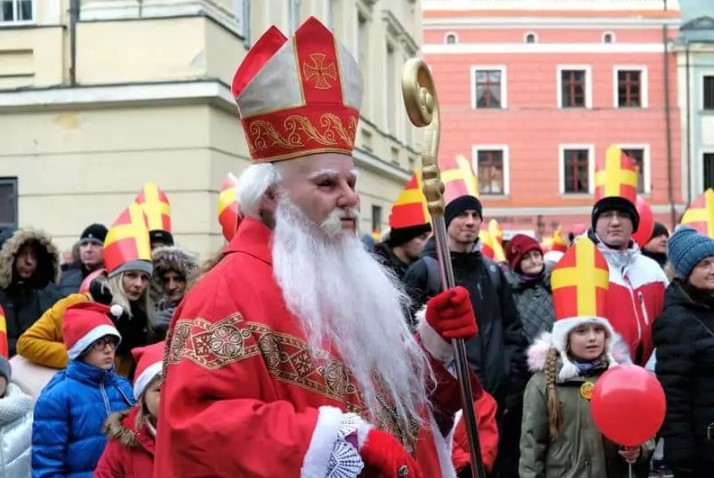
Star
The star is widespread as the bearer of gifts, mainly in southwestern Poland. Children impatiently wait for the first star to appear in the sky and, with it, the much-awaited gifts under the tree. That is why some families have dinner earlier, and with the first star, presents are unwrapped.
Little angel
The angel probably evolved from Gwiazdor. Instead of Nicholas, an angel carries gifts here, which children can sometimes also see. However, he usually leaves presents under the tree and flies away without being seen by anyone.
Little Baby Jesus
Baby Jesus came to Poland from the Czech Republic. It operates mainly in the south of Poland. He comes unseen and unheard, believed to take the form of a small child.
Grandpa Frost
Santa Claus operates in the eastern part of Poland, but his home is in Russia. He also sometimes dates Snow White. However, some Poles are not very enthusiastic about this. It reminds them of Russia’s domination, so Santa doesn’t have many presents to deliver. After all, they already have more than enough gift bearers here.
Christmas Traditions in Poland
Many old customs fell away and were not preserved. Then, some are mainly observed by old people (primarily religious rituals, prayers, etc.). However, some superstitions and traditions are still widely used today.
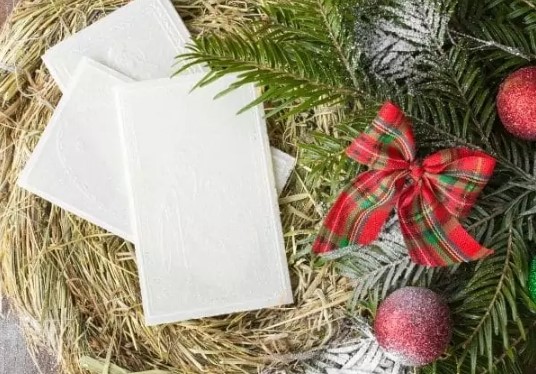
Hay under the tablecloth
Do you want to ensure a bountiful harvest? Put a sprig of hay under the tablecloth at Christmas Eve dinner.
Fasting on Christmas Day
Fasting on Christmas Day used to be compulsory. Today, it is only recommended, and those who do not want to do not have to submit to it. Nevertheless, a large part of the Polish population adheres to it.
Carp scale
If you want your money to stick to you, put the carp scale in your wallet (if you have a carp for dinner). It will bring you luck and cash. And if it doesn’t work out, your wallet won’t be empty 🙂
Visiting the church
There is a high turnout in Poland during the midnight mass in the church. People come to pray and pay their respects to God.
Unique customs held by a smaller number of people
Among other customs that have been preserved but are not followed by many people, we would mention going to the cemetery to remember your deceased loved ones and giving the animals Christmas Eve income. Sometimes, they even talk to the animals. By the way, the income from animal husbandry was also kept here. Remember Erben’s Christmas Eve? There is a very nice list of who gets what.
Where to go in Poland at Christmas?
Thinking of going to see what Poland is like at Christmas?
Christmas markets in Poland
You must not miss the Polish Christmas markets. Among the most visited are the large, Christmas-scented markets in Krakow, but you will also like those in Wrocław. Here, you can buy beautiful Christmas decorations and gifts for your loved ones and taste many Christmas delicacies.
Christmas in the Polish mountains
Are you thinking of spending Christmas in the mountains? Get inspired by which places will be the right ones. Among them is the Polish city of Zakopane. You can enjoy the snow, skiing, and thermal springs there.
Christmas card in Polish
Wesołych Świąt i Szczęśliwego New Year.
This is how they wish happy holidays and happiness in the new year in Polish.
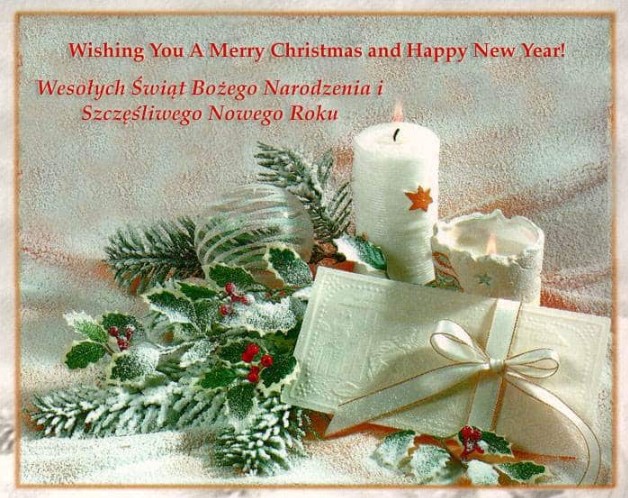

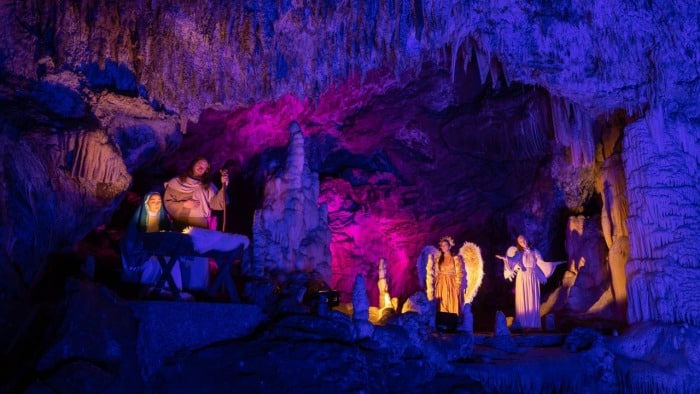
 Milan & Ondra
Milan & Ondra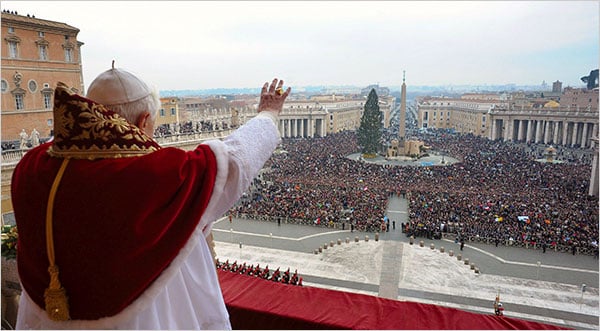
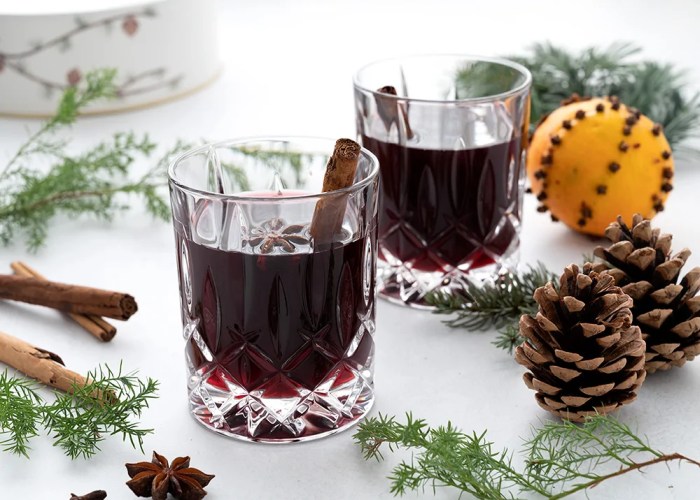
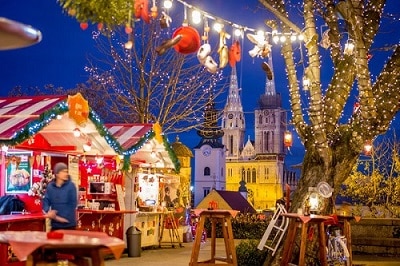
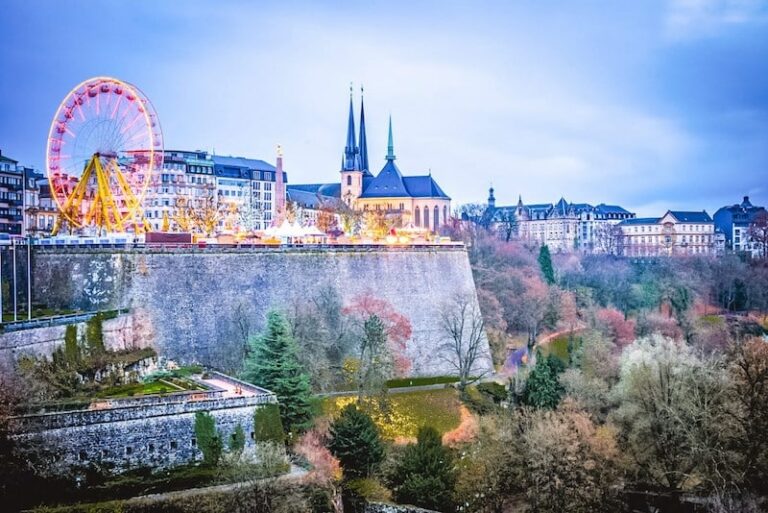
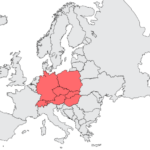 Central Europe
Central Europe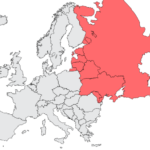 Eastern Europe
Eastern Europe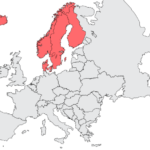 Northern Europe
Northern Europe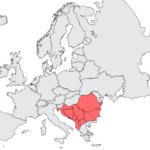 Southeast Europe
Southeast Europe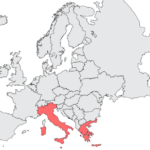 Southern Europe
Southern Europe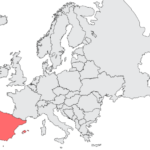 Southwestern Europe
Southwestern Europe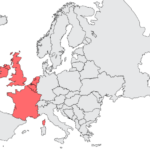 Western Europe
Western Europe